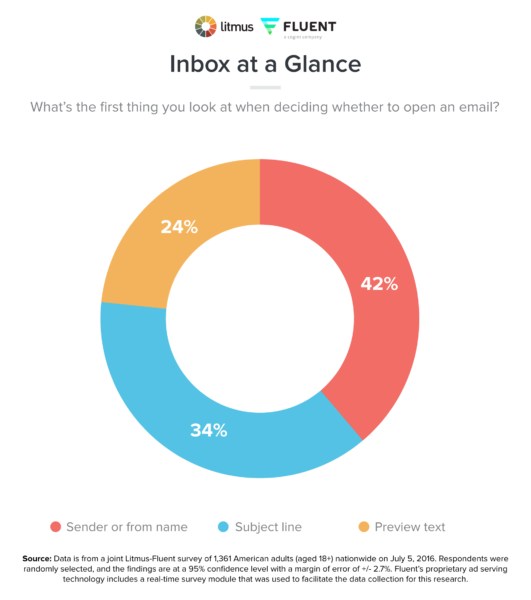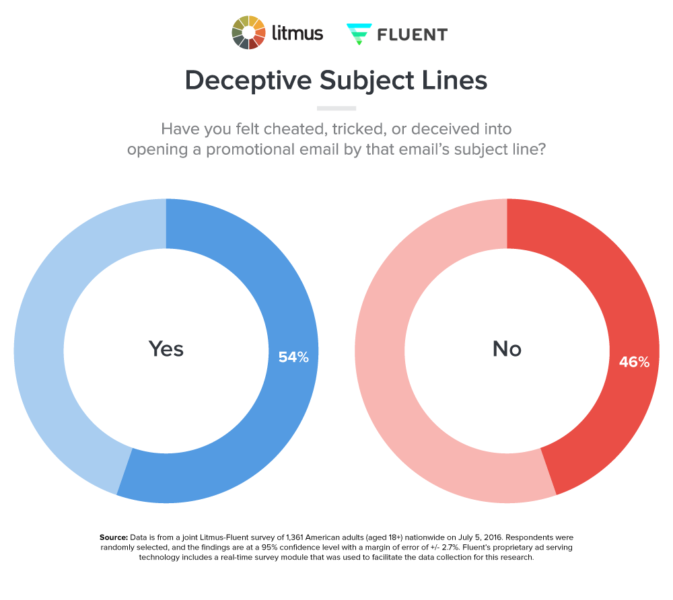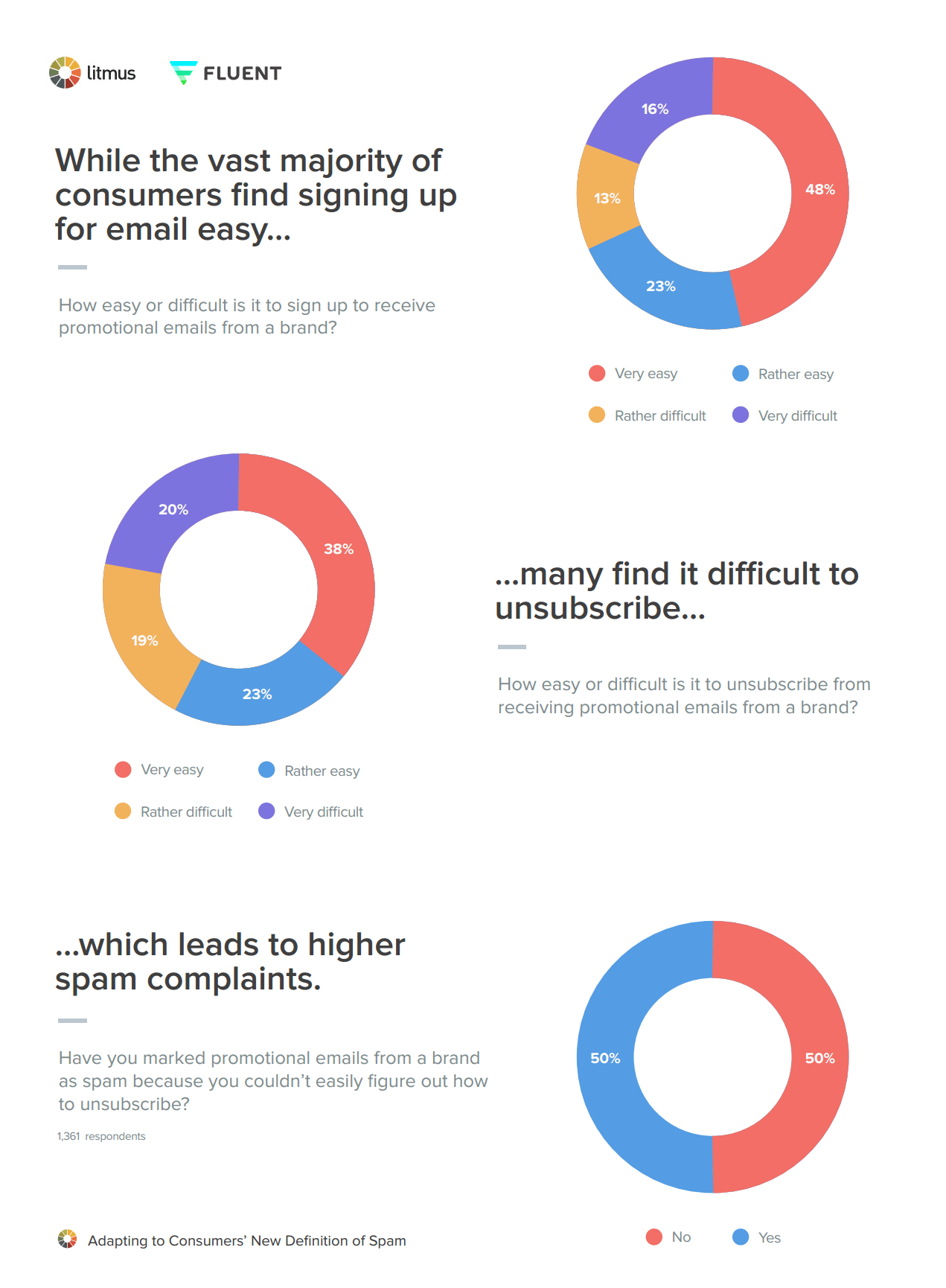6 ways marketers try to manipulate subscribers and why we should stop
Don't underestimate the intelligence of your subscribers. Columnist Chad White describes six email marketing manipulations and explains why they're misguided.

As we approach the New Year, let’s resolve to focus more on serving our subscribers instead of trying to manipulate them, and to focus more on respecting our subscribers’ intelligence instead of insulting it.
Here are six email marketing manipulations that we should stop in 2017:
1. Using passive-aggressive email signup and opt-out language
Implying that people are lazy or stupid if they’re not interested in receiving your email newsletter is no way to start a relationship. And implying the same on your unsubscribe page if they go to opt out is a horrible way to try to keep a relationship.
Even if this kind of language shocks people into thinking twice about closing out your pop-up form or completing your unsubscribe process, trying to guilt and shame prospects and customers is a sure-fire way to do damage to your brand and generate negative word of mouth.
2. Mandatory email opt-ins with purchase
Obtaining permission is fundamental to email marketing success. So it shocks me that there are still many large, established brands that are making email opt-ins mandatory as part of their checkout process.
Not only do you risk spam complaints by sending customers emails they didn’t ask for, but you create additional barriers and pain points in your checkout process and other customer interactions. Simply put, if every time I purchase from you online I get spammed, then I either have to put up with that annoyance or I have to stop buying from you online.
That’s a calculus you don’t want your customers to have to do because it results in consumers who are frustrated, who shun your online channel, or who stop buying from you altogether. This can be difficult to prove and track, but brands need to start caring more about their brand than the size of their email list.
3. Hiding behind people’s names to obscure our brand
When it comes to promotional emails, brand names are far more recognizable than the names of the people who work at those brands — although, yes, there are some rare exceptions, and one-to-one emails are an entirely different matter. With all the recent talk about human-to-human marketing, this fact has gotten a bit lost.
For email marketers, being recognized in the inbox is critical, as emails from unknown senders are at high risk of being reported as spam. More consumers look at the from name first before anything else, so your email could be banished before even your subject line gets read.
If you’re tempted to use a person’s name instead of your brand’s, ask yourself why. Is it because you’re afraid people don’t want to hear from your brand? Is it because you think more people will open the email because they’re curious to learn who the heck is emailing them? Answering yes to either of those should cause some serious introspection on your brand’s image and marketing strategy.
4. Using misleading, vague and overly clever subject lines
The goal of your subject line isn’t to generate opens. It’s to increase openers who are likely to convert.
Misleading subject lines and those with little substance attract only the curious and lead to opener’s remorse and a loss of brand trust, which increases email fatigue, opt-outs and spam complaints.
Instead, you should use descriptive subject lines — ideally supported by descriptive preview text, which is severely underoptimized — to attract interested subscribers. Marketers should do this for the very same reasons that they send segmented emails, set up triggered messages and use personalization, as all those reduce irrelevant messaging, which is the Number one cause of opt-outs among all age groups.
5. Trying to trick Gmail and other inboxes into retabbing our emails
While the concern over tabbed email interfaces has died down dramatically since Gmail launched Tabs in 2013, it hasn’t gone away. That’s unfortunate because it’s a distraction that keeps marketers from focusing on what’s really important: being relevant to their subscribers.
Shortly after the launch of Tabs, I urged marketers not to ask their subscribers to retab their emails, writing in MediaPost:
[blockquote]By asking subscribers to move your email from the Promotional to the Primary tab, you’re essentially closing your store at the mall and deploying door-to-door salesmen that interrupt your subscribers’ conversations with their friends and loved ones. You’ll surely be more visible, but also probably more intrusive and ultimately less welcome.[/blockquote]
That remains good advice today, as there’s every indication that good email marketers haven’t been hurt by tabbed interfaces. Let consumers manage their inbox the way they want to and trust that if you’re valuable to them, they’ll easily find your emails.
6. Hiding unsubscribe links
Only 81 percent of the top 200 ecommerce sites are using “clear and conspicuous” unsubscribe links in their marketing emails, compared to 97 percent in 2015, according to new research from the Online Trust Alliance.
That’s alarming news, since it foreshadows more deliverability problems for brands. That’s because when subscribers find it difficult to unsubscribe, they use the never-fail report spam button instead. And unlike unsubscribes, spam complaints hurt email deliverability.
The Adapting to Consumers’ New Definition of Spam report (email registration required) from Litmus (my employer) found that millennials generally have less trouble navigating brands’ unsubscribe processes than older generations. Baby boomers, in particular, find it hard to opt out, so if your email audience includes a lot of boomers, a complicated unsubscribe process puts you at an even higher risk of spam complaints.
My recommendation is to always use a two-click unsubscribe process: No more than one click in the email and one on the landing page. Anything more than two clicks and you’re getting too far away from the one-click simplicity of the report spam button.
While one-click unsubscribes are simpler, they don’t give you the opportunity to address what’s motivating the subscriber to seek to opt out. Offering them the chance to opt down to a lower email frequency or to change their topic preferences or newsletter selections can help save many would-be unsubscribers.
Here’s to stronger brands and stronger email marketing programs in 2017!
Opinions expressed in this article are those of the guest author and not necessarily MarTech. Staff authors are listed here.
Related stories



